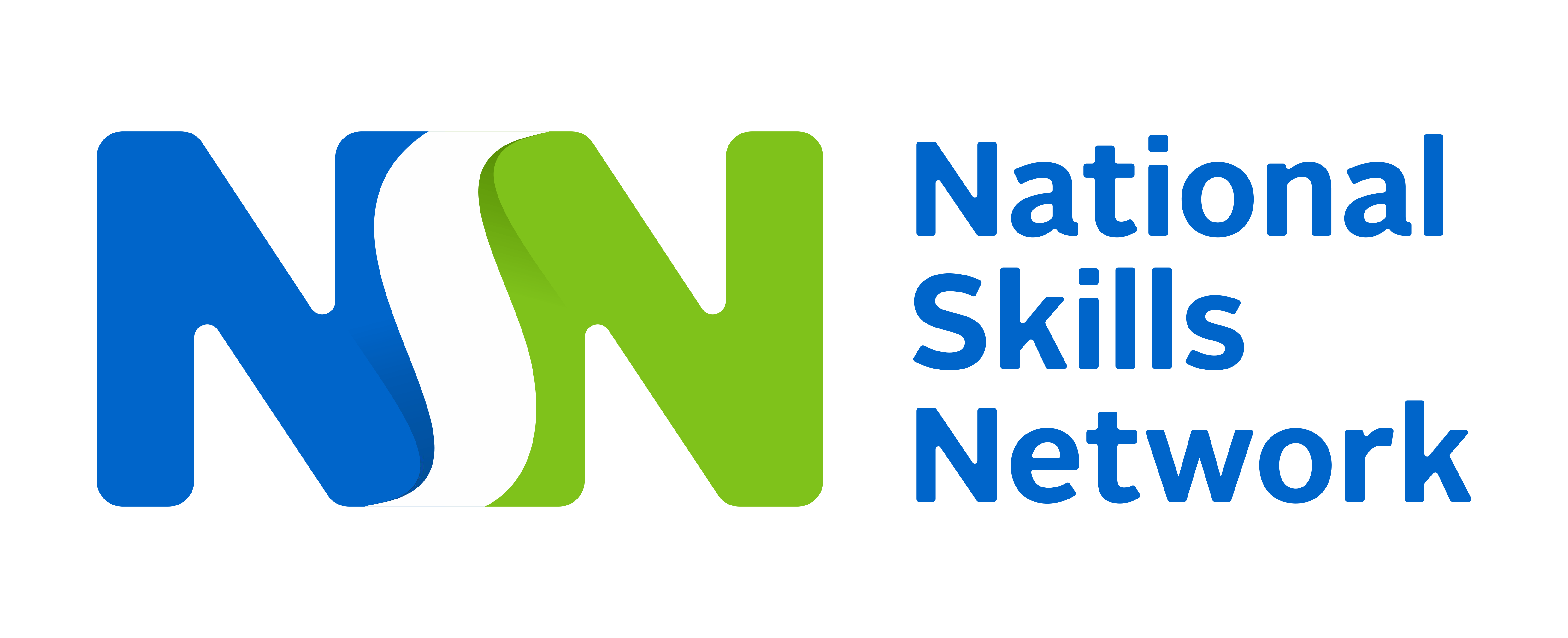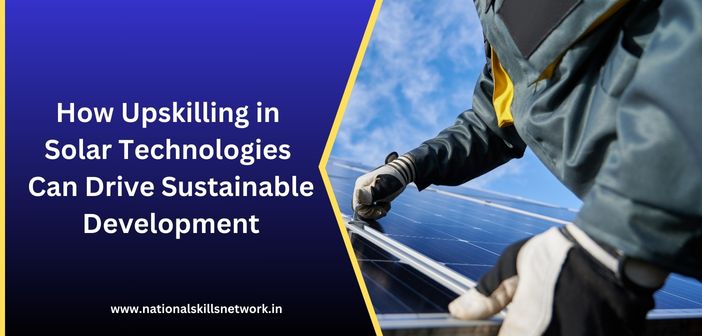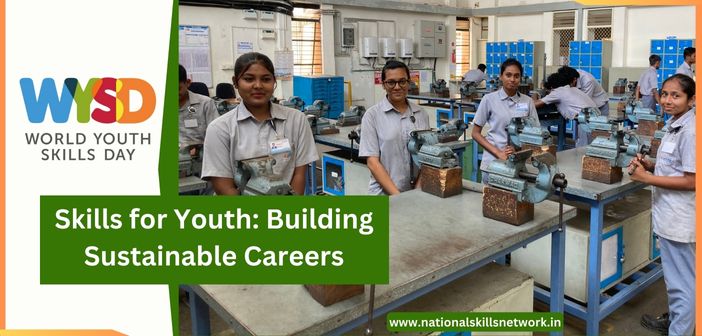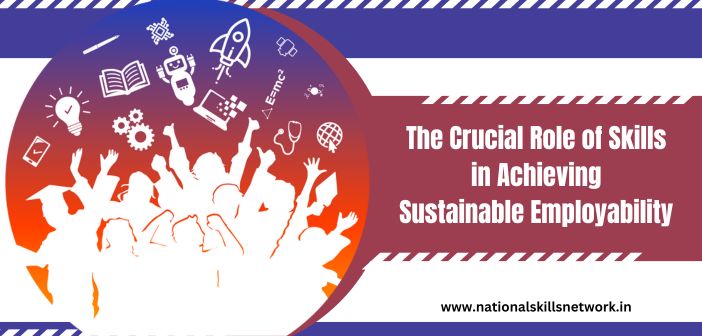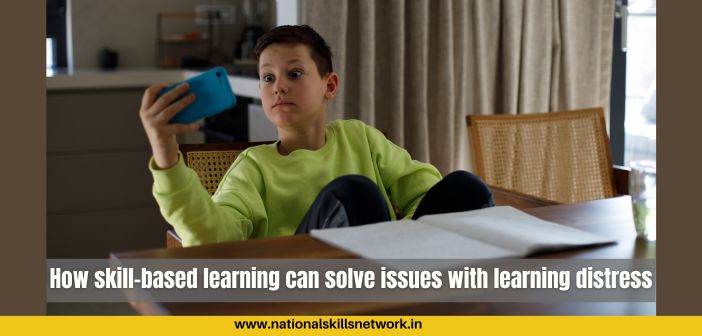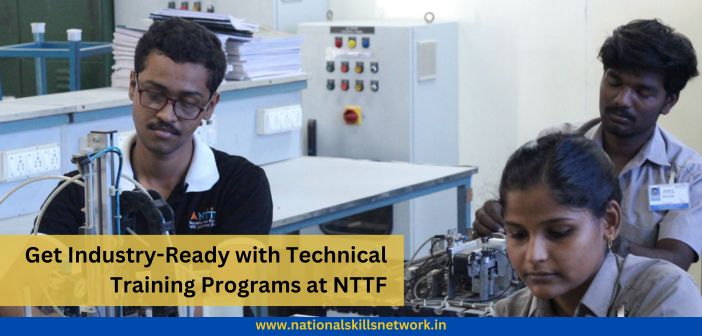We are always excited about learning something new. When we are learning it for the first time, we are also anxious about our performance and outcomes. Sometimes learning a new skill requires un-learning the old ways of doing it and sometimes it’s an absolutely new journey in the world of acquiring knowledge, abilities and skills.
There are 5 steps to learn a skill. Finding the right skill development course and getting enrolled is how you must have got started! You must have done quite a bit of study why a particular course meets your requirements or suits your need to enhance job prospects. Or, you might have enrolled just for the sake of learning a new skill that you always wanted to. Whatever be the reason, learning a skill is not the same as learning something by reading a book.
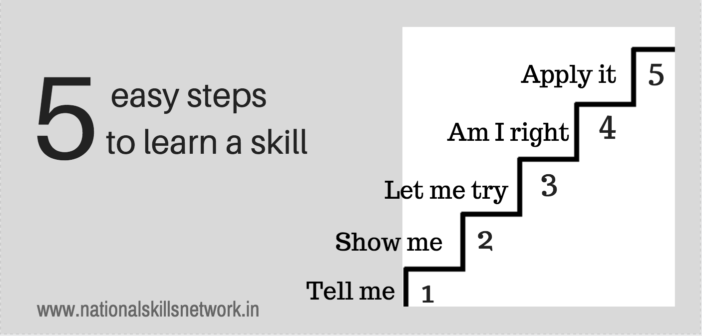 Of course, you need to know the theory behind that skill which means exposure to relevant knowledge in terms of what is the skill, why is it important to learn and how it helps in your overall professional or personal goals. But, what is equally important is the practical part of learning – the way to do it hands-on, the number of practice sessions, feedback on how you are practicing it and improving it to perfection before applying it on the job. Let’s look at the 5 steps involved in the processing of learning any skill:
Of course, you need to know the theory behind that skill which means exposure to relevant knowledge in terms of what is the skill, why is it important to learn and how it helps in your overall professional or personal goals. But, what is equally important is the practical part of learning – the way to do it hands-on, the number of practice sessions, feedback on how you are practicing it and improving it to perfection before applying it on the job. Let’s look at the 5 steps involved in the processing of learning any skill:
5 Steps to learn a skill
Tell me about it
Begin by asking your trainer or teacher to tell you more about the skill. This means your trainers and teachers will help you with theoretical points, explain what the skill is all about and how best to learn and so on. Assimilate all these points by carefully listening to your trainer or reading about it. Make notes so that you don’t forget later.
Show me and let me try
Next step is to seek opportunities to practice the skill. Understand the context of practical sessions by observing the demos. Get enough practice under the guidance of the trainer or teacher. Don’t try to experiment at this stage. Just follow the instructions and do it repeatedly till you are comfortable at handling the task on your own.
Let me know if I’m right
This is most essential. Most of us aren’t comfortable receiving feedback while we are learning something new. But, remember this is the only way we get to learn from our mistakes or improve further on our positive points. So, look for constructive feedback from trainers, supervisors and peers and implement it.
Am I right?
Well, this is the crucial point where you can evaluate and assess your new competencies. Did you learn the skill the right way? Are you able to perform the task efficiently within time, meeting the quality parameters? Take a formal assessment and know where you stand. It’s always good to know your proficiency or competency level for reasons of employment or higher learning.
Re-learn and apply the skill
In case, you are not meeting the desirable standards and levels after assessment, identify the weak points and re-learn. Repeat the learning process, both the theoretical and the practical aspects and focus on improving yourself throughout. If possible take a self-assessment and check the mastery levels after re-learning. Apply the skill in solving a problem or use it for completing a task in your workplace.
Perfection and precision is most critical expectation in many manual skills while working with gadgets, machinery and tools. You can’t afford to make a mistake since it leads to wastage and increase in cost of production. And now you know it’s not all that difficult to learn a new skill.
